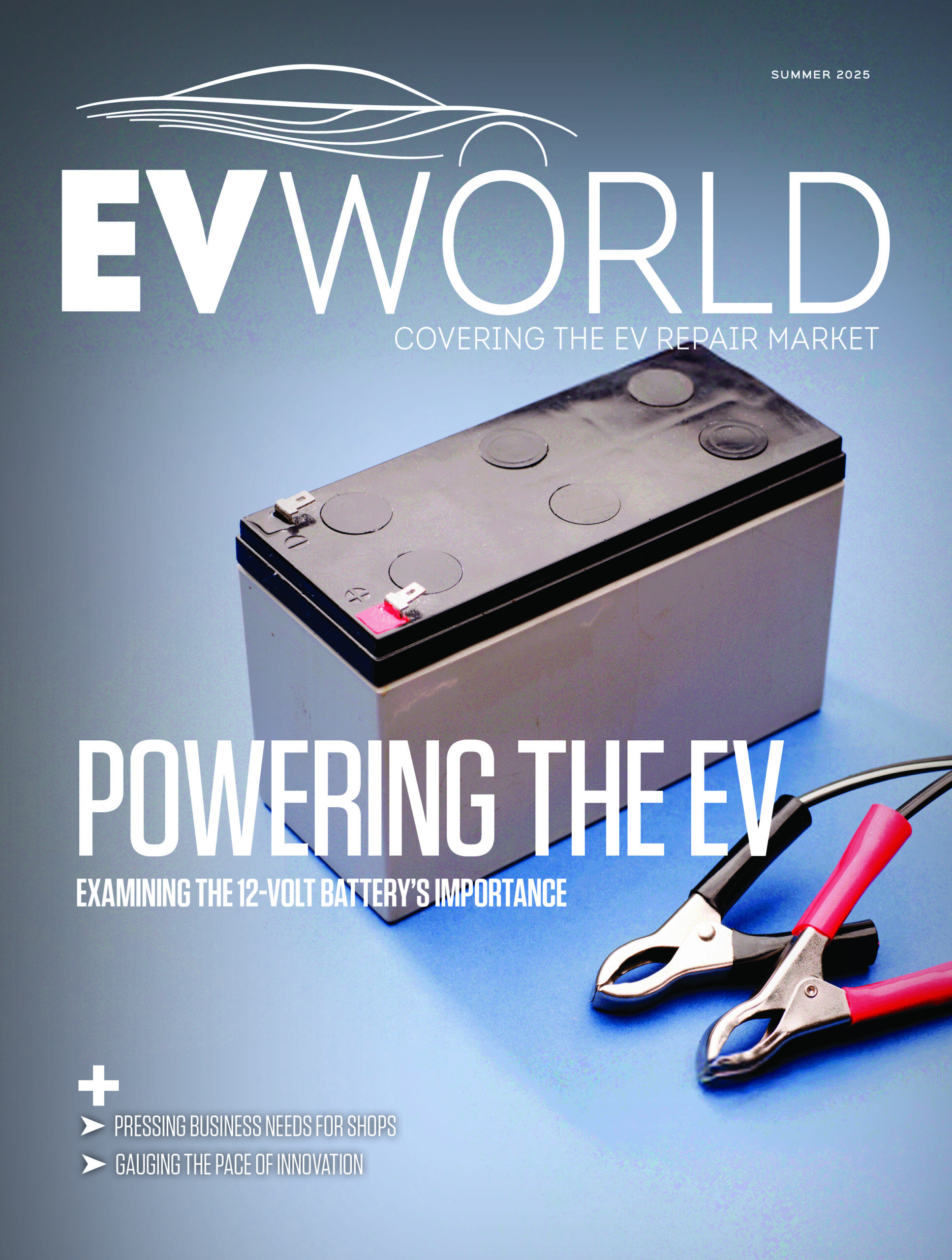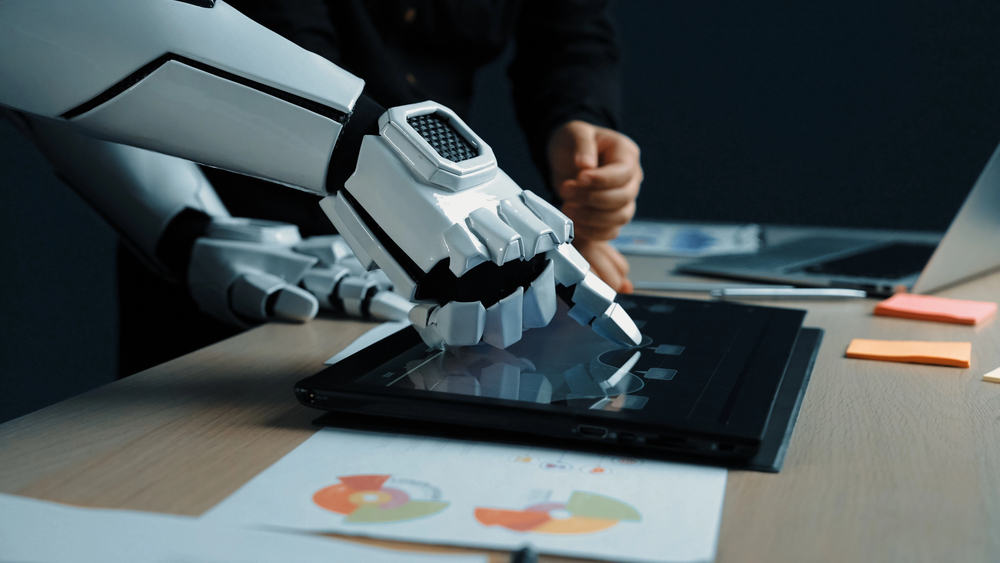
Artificial intelligence is transforming warehouse operations from the ground up, turning traditional labour management into a cutting-edge science of efficiency and precision.
Paige Wilkinson, senior director of solution consulting at Softeon, observed the massive growth driving the need for smarter workforce solutions during ProMat 2025, an event geared to manufacturing and supply chain professionals, in Chicago.
For example, the traditional approach of manual scheduling and reactive planning is rapidly becoming obsolete. Artificial intelligence is now stepping in to predict, plan, and optimize labour with remarkable sophistication. Warehouse execution systems now function like “cruise control” for complex logistics, seamlessly integrating human workers and automation, she explained.
These intelligent systems can now make split-second decisions about workforce deployment. Wilkinson used the example of two employees who are picking in different areas of the warehouse. But one of them is being overwhelmed. Maybe there’s a lot of picking to do or that area is short-staffed. Whatever the reason, someone needs to move to help out.
“The AI can be consuming information about which employee is the best employee to move over to that department,” she explained. The system knows who is cross-trained or who can handle certain equipment that can help.
“And so this can both be a suggestion from the AI to your warehouse management, or they can make that final call, or the AI can automatically make that decision, and using test optimization, move that community resource,” Wilkinson added.
The technology goes beyond simple task reassignment. By analyzing complex data streams from material handling equipment and human resources, AI can smooth workflow across entire warehouse operations. It can predict potential bottlenecks before they occur, suggesting proactive solutions that human managers might miss.
Through all of this technological shift, it’s important to remember the balance between artificial intelligence and human expertise. AI serves as a powerful tool that enhances human decision-making, not a replacement for human workers, Wilkinson said. It provides insights, suggestions, and optimization strategies, while leaving critical decisions to human managers.
“I am a big believer in that AI is a tool. It can absolutely automate some processes, but at the end of the day, it’s not a replacement for human expertise,” Wilkinson pointed out. “And so I think that it works really well in combination, both in terms of updating these processes, but then also leveraging the human expertise that we do have in your house, management and to be able to make these more data-driven, informed decisions to optimize your workforce.”
Modern labour management systems are changing the thinking around workforce planning. By incorporating sales forecasts, client demands, and predictive models, these systems create intelligent schedules that go beyond traditional planning. They can now factor in both direct and indirect tasks — even scheduling time for equipment maintenance or cleaning.
The technology doesn’t just move workers around; it provides deep insights into performance. AI can now suggest targeted training, identify performance gaps, and generate nuanced feedback that helps workers improve, Wilkinson explained. Vision AI technologies can even use warehouse camera footage to analyze worker productivity and safety, providing unprecedented levels of operational insight.
Another development Wilkinson pointed out is how AI approaches employee performance. Instead of generic criticism, the technology can provide specific, constructive feedback. It can identify root causes of performance issues and suggest personalized training solutions. For high-performing workers, it can help recognize and reinforce excellent work.
“So taking information from our material handling equipment, from our labour resources, and using that to smooth bottlenecks and really get a better understanding of the pool,” Wilkinson observed.
Image credit: Depositphotos.com













Leave a Reply